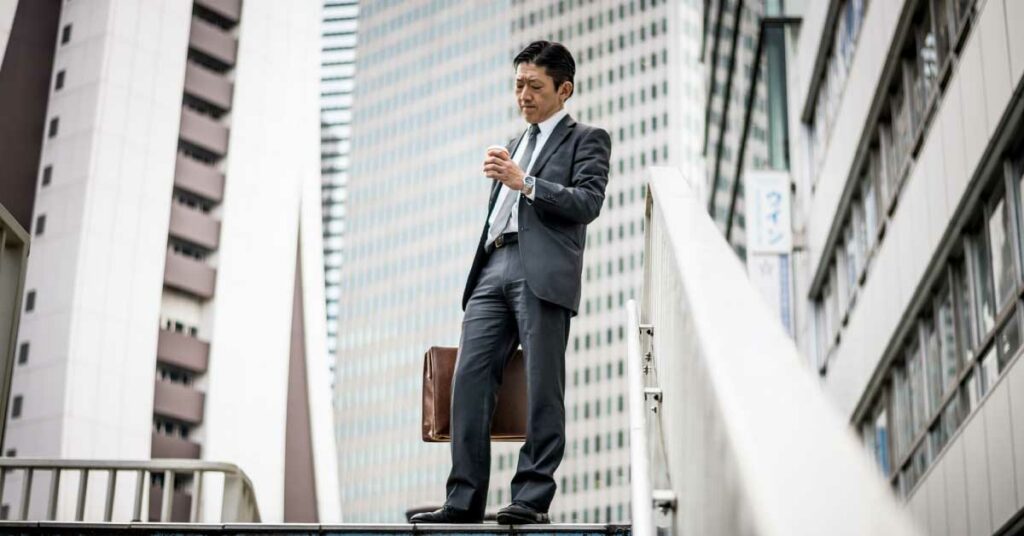South Korean commercial banks are most probably going to witness a stabilization of their net interest margins after the country emerged as the foremost Asian country to jump its benchmark interest rate on a constant economic outlook.
South Korean banks witness a rate of interest hike cycle
The base rate was amplified by a quarter of a percentage to 0.75% on August 26, 2021. According to the Bank of Korea’s monetary policy statement, the standard rate was diminished to 0.5% in May 2020. The lowest recorded rate of interest of 0.5% was the central bank’s effort to back the economy amidst the COVID-19 pandemic. In March 2020, the rate of interest was halved.
The senior economist at Natixis for the Asia-Pacific region, Gary Ng, said that the rate of interest hike rotation is an optimistic outlook for banks. A blow in the monetary rotation could however cause a recoil of the bank’s Net Interest Margins (NIM). The economist further pointed out, that the earlier rounds of interest hikes from 2016 to 2018 had a diminishing effect on the banks’ earnings putting a break on their main business of lending.
According to data from S&P Global Market Intelligence, the cumulative NIM of South Korean banks had augmented from 1.89% in 2016 to 1.98% in 2018. The central bank then alleviated the policy making the cumulative NIM tumble from 1.90% in 2019 to 1.76% in 2020.
The Net Interest Margins of two of South Korea’s principal banks, Woori Financial Group and KB Financial Group jumped when the quarter ended on June 30, to 1.66% and 1.90% respectively. This leap was made from 1.62% and 1.81% in the preceding quarter.
On the other hand, the Shinhan Financial Group saw its NIM descend from 2.04% to 1.87%.
The stabilization of monetary policies
The Bank of Korea’s decision of hiking the rates of interest will target the focus on other chief Asian central banks, specifically in the nations that have been successful in controlling the spread of COVID-19, inclusive of China and New Zealand.
Asian Central Banks might swerve on monetary policy stabilization, in terms of its timing, despite the hike in rates of interest being the focus in most of their meetings. South Korea’s decision was fueled by its apprehensions revolving around the imbalances in the financial sector and the country’s economic recoil from the pandemic. This economic rebound was reinforced by the tech upcycle. Other countries across Asia have differing growth recoveries and the priorities of their policies also fluctuate. Thus, owing to local idiosyncratic aspects, more divergences in policies are expected.
With the rates of interest hitting an all-time low, banks from all around the globe have leveraged substitute sources of revenue, such as fees from commissions and wealth management, to combat the diminishing interest revenues.
Banks have also witnessed a reduced quality in their assets. This requires them to set up supplies for loans. Most governments have declared fiscal procedures that are inclusive of an emergency fund for South Korean small and medium-sized enterprises. Such fiscal measures have helped prevent the damaging blow of the pandemic on bank incomes.
The Bank of Korea is vouching for the recovery of the local economy as it is forecasted that private consumption will recover progressively. This recovery is predicted to take place owing to the rising number of people being vaccinated and a supplementary budget. Investments and exports are anticipated to tolerate their resilience.
The central bank stated that the growth of GDP in 2021 is likely to be approximately consistent with the estimate in May, which was 4%. The inflation of consumer rates, however, is most likely to exceed compared to the preceding forecast.
The American multinational investment banking company, Morgan Stanley, is expecting the South Korean central bank to increase the benchmark rate in the latter part of 2021 and repeat the same in the opening quarter of 2022 by taking the rates to 1.25%.
